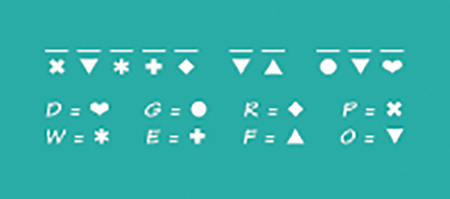We are giving these to our Primary children for their birthday this year. These are made up of two Hershey Nuggets, and then have a scripture on top.
1. I used a scrapbook paper cutter to make the black squares.
2. I glued two nuggets and a red ribbon to the black squares. I learned from personal experience that hot glue does not work well. Use a soft liquid glue like Elmers. The nuggets fall off the black card stock too easily with hot glue. I also reinforced with tape along the edges.
1. I used a scrapbook paper cutter to make the black squares.
2. I glued two nuggets and a red ribbon to the black squares. I learned from personal experience that hot glue does not work well. Use a soft liquid glue like Elmers. The nuggets fall off the black card stock too easily with hot glue. I also reinforced with tape along the edges.
3. I then followed a tip from The Scouters Wife to use address labels instead of trying to glue paper to the nuggets. She uses one label individually on each chocolate, which looks much nicer, but I did not have a lot of labels to spare.
4. I then bent the red ribbon over the scriptures and added a little more glue to the center of the "scriptures."
I am sharing this little project because if you would like to use the labels that I made, I am happy to email them to you. You will need Avery Template 5160. Or, you could do it the painful way and just print onto a sheet of paper and glue this onto the nuggets. It just takes a lot longer to glue individual pieces.
I'd like to give these to the children each time we celebrate a birthday in Primary, and then have them read (or help them read) the scripture chocolate they take out of the box. This will be a fun way to learn more from the scriptures, as we focus on this year's theme about the scriptures.
I'd like to give these to the children each time we celebrate a birthday in Primary, and then have them read (or help them read) the scripture chocolate they take out of the box. This will be a fun way to learn more from the scriptures, as we focus on this year's theme about the scriptures.








